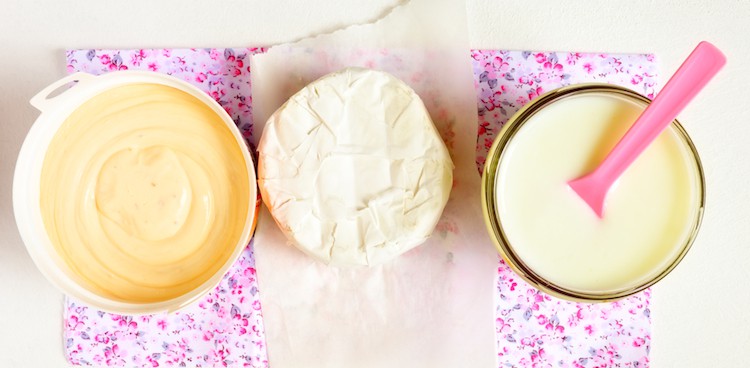
What is buttermilk?

Traditionally, buttermilk refers to the liquid portion that remains after butter has been churned from whole cream. Before the invention of the centrifuge in the 19th century, butter-making and the separation of milk and cream relied on gravity and time. Milk was left overnight to allow the cream to rise, and during that time the milk began slowly to ferment. In the morning, cream was skimmed from the top and churned into butter. Fermentation in the remaining liquid would have continued, thickening the remaining buttermilk and continuing to develop its tangy flavor.
Most buttermilk, however, that is commercially available in the United States is actually skim or low-fat milk that has been heated to concentrate its proteins and create a thicker texture, then fermented with cultures until the milk gels slightly. The liquid is then cooled to stop the fermentation and gently agitated to break the curd into a smooth liquid. True buttermilk is more flavorful, less acidic, and more bioactively complex than its commercial counterpart. It is also, however, far more perishable and prone to off flavors, making it more challenging to bring to market.
Feature Photo Credit: Shutterstock
Anthea Stolz took a summer job at a cheese counter in 2004 and turned it into a career. She is now the cheese buyer at Bi-Rite Market in San Francisco.





